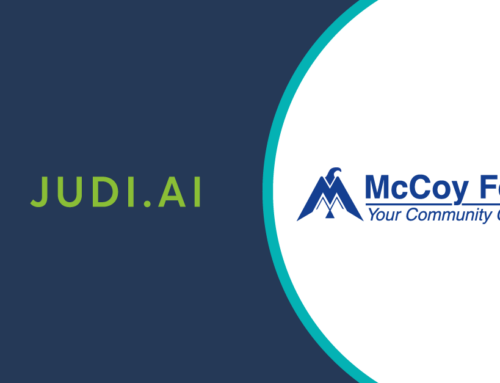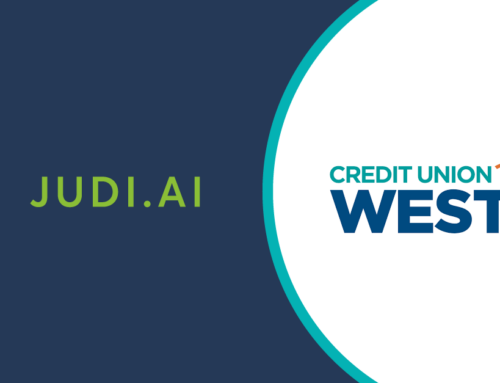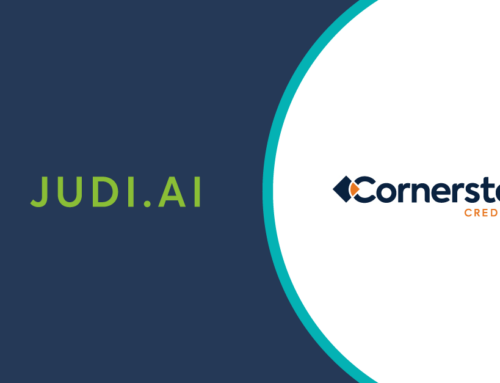Lending to the gig economy doesn’t have to be difficult! In this post you can expect to learn:
- What is the gig economy?
- What are the needs of gig economy workers?
- How you can innovate your lending practices to accommodate the gig economy.
Understanding the gig economy
Characterized by freelance and short-term contracts, in a gig economy temporary and flexible jobs are common, and with companies tending to hire independent contractors and freelancers instead of full-time employees.
Gig economy growth
Growth in the gig economy is largely due to the rapidly evolving online platforms connecting contingent workers with gigs. With a widespread presence of freelance and short-term contracts, non-standard forms of work are enabled by the growing gig economy. The rapid growth of the gig economy, in turn, is made possible through digital platforms.
From DoorDash, to Uber, to Instacart – all these platforms fall under the umbrella of “gig economy.” And when we refer to “non-standard” forms of work, we mean people who call themselves:
- Gig workers
- Independents
- Contractors
- Entrepreneurial
- Freelancers
These non-standard workers, make up 30%of the workforce and their needs differ from those of traditional salaried workers. They often rely on personal sources of financing to fund their endeavours, borrowing from family, friends, credit cards and personal borrowing.
Out of this merges a clear trend of independent workers neglecting to use their financial institution’s business lending options for their borrowing needs. This presents a huge opportunity for credit unions to step up their small business lending practices to fulfill the needs of these workers.
Needs of the gig worker
In order to address this question properly, we need to take 3 factors into account:
- The nature of work is changing;
- Consumer and worker expectations are shifting;
- Independents have different needs than those of salaried workers.
The nature of work is changing
Thanks to the technological advances of the past 5-10 years, and COVID, more people are able to work remotely and connect with global jobs through digital platforms. Through platforms like Google Meet, Go2Meeting, and WebEx, remote workers are now, more than ever before, able to connect seamlessly with employers and coworkers to meet and collaborate on projects.
Consumer and worker expectations are shifting
People want to conduct all aspects of their life online, whether it’s their business, banking or shopping. Why should applying for a loan be any different? Today’s services need to be convenient, quick and intuitive to fulfill the new expectations of both consumers and the workforce.
This workforce has different financial needs than those of salaried employees
Most important of all are the actual financial needs of this group. What gig workers really need is for financial institutions to look at broader sources of information when assessing credit risk. Millennials, in particular, are known to lack financial literacy, and are dealing with a number of financial problems, like staggering student loan debt, due to entering the workforce during the recession.
The rapid expansion of the gig economy is a direct outcome of millennials having to find other means in which to make a living (and why they make up the largest portion of independent workers).
As a result, they may have a poor credit history, which in turn, will affect their ability to get loans from financial institutions.
Why is it hard to lend to this group?
It all comes down to risk, doesn’t it?
Loaning to smaller enterprises is riskier than lending to larger, more established businesses.
Gig workers likely don’t have the collateral lenders can take in the event of failing to meet payments.
Another contributing factor might be their lack of financial history, or poor credit history, making it hard for an account manager to effectively adjudicate based on the information available.
Okay, so what now?
With the influx of gig workers entering the economy, the demand for SMB loans will only increase.
How can I expect to serve this group of people with traditional lending processes?
Simply put, you can’t. You need to augment your traditional practices by leveraging data and financial analysis.
You need to…
Implement a new way to assess credit risk
Assess your current processes. What data sources are you pulling from? Does your data give you a holistic or single sided view of your potential borrower?
If you’re here, then it’s safe to say we both know how small business loans are traditionally evaluated. With traditional models it’s hard to cost-effectively serve the diverse needs of independent workers. Without official proof of income and a credit history you gain a very single-sided view of the applicant.
Instead, choose to go beyond your traditional data sources. Pull data from more sources. We’re not saying scrap your traditional process entirely, but once you automate your lending practices through the right medium, like JUDI.AI’s lending platform, you will be able to instantly access multiple data sets to aid you in your decision to approve or reject a loan.
When you finally choose to implement a more user-friendly approach to lending, you will be able to meet the growing demand of SMB and consumer loans.
Benefits
Updating your lending practices to appeal to the gig economy is going to present major benefits to your organization. Once you streamline your adjudication process you will be able to push through a higher volume of loans with less amount of manual work.
By augmenting your risk practices using AI, you will attract new customers and grow your market share.
ragng our best-in-class technology to augment your current risk assessment practices




